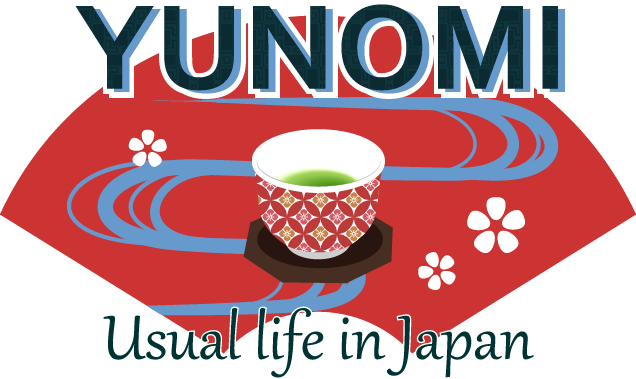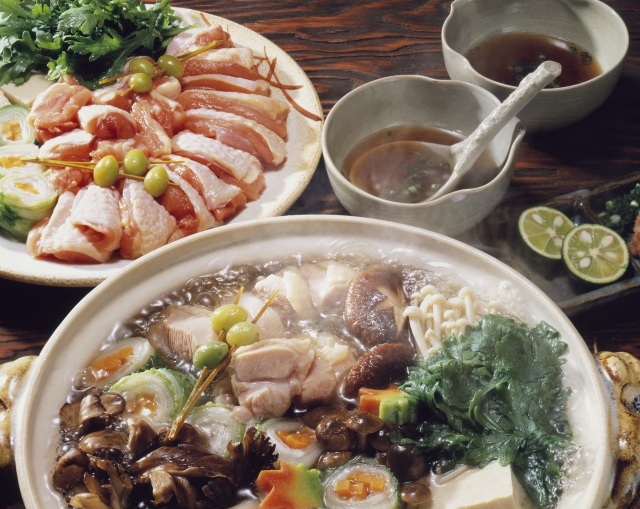When winter arrives in Japan, there is one food that everyone looks forward to — nabe, or Japanese hot pot.
A steaming pot in the center of the table, shared ingredients, warm broth, and friendly conversation — nabe is much more than a meal.
It is a seasonal ritual that brings family and friends together.
What Is Nabe?

Nabe refers to a wide range of Japanese hot pot dishes cooked and enjoyed at the table.
A clay pot or metal pot sits over a portable gas stove, filled with broth and ingredients like vegetables, tofu, mushrooms, and meat.
Everyone cooks together, serves themselves, and eats directly from the communal pot — a rare and intimate dining style in modern Japan.
Why Nabe Is Loved in Japan

1. Shared Cooking, Shared Warmth
Nabe is interactive.
You place ingredients into the pot together, watch them simmer, and chat while waiting.
It creates a relaxed and warm atmosphere perfect for winter nights.
2. Seasonal Comfort
Japanese winters can be cold, especially in traditional homes without central heating.
Nabe warms not just the body but the entire room — and the mood.
3. Healthy and Balanced
Hot pot typically includes:
- Leafy greens
- Tofu
- Mushrooms
- Seafood or meat
- Root vegetables
It’s nutritious, filling, and customizable.
Popular Types of Nabe

🍲 Sukiyaki
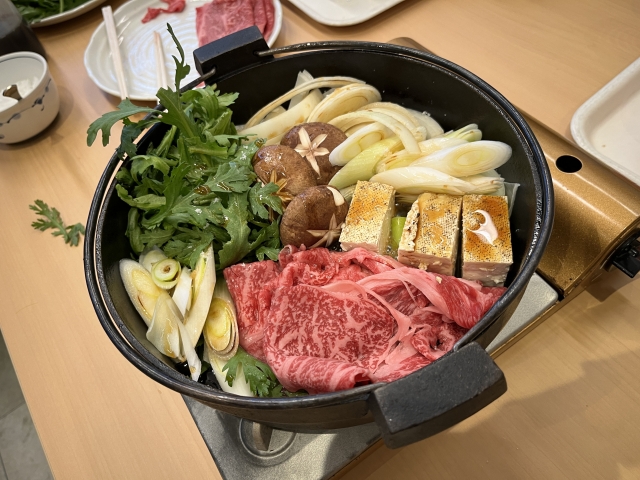
Thinly sliced beef simmered with soy sauce, sugar, and mirin.
Dipped in raw egg for a smooth, rich flavor.
In many Japanese families, sukiyaki is considered a special-occasion meal — often enjoyed on holidays or gatherings because of the high-quality meat used.
🥢 Shabu-Shabu
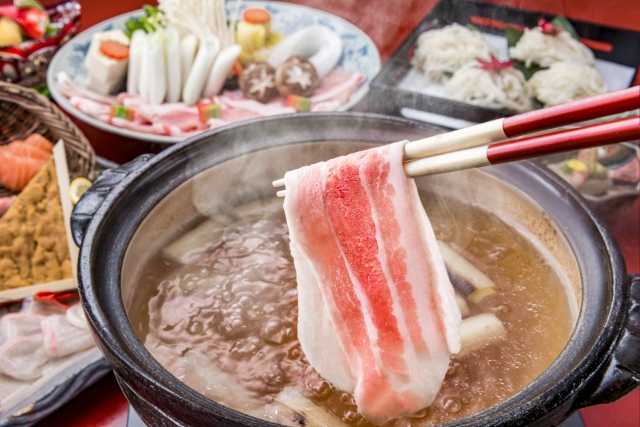
A light broth for swishing thin meat slices — “shabu-shabu” is the sound of the movement.
While beef shabu-shabu is popular, pork shabu-shabu and even crab shabu-shabu are also enjoyed in Japan, especially in winter.
Enjoyed by dipping the cooked meat and vegetables into ponzu or creamy sesame sauce (not poured over).
🔥 Kimchi Nabe
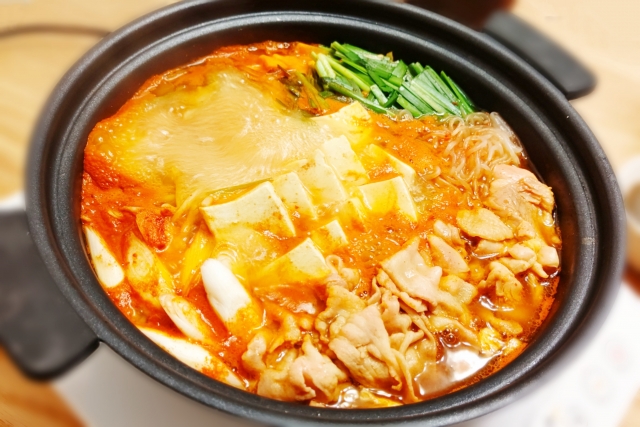
A Korean-inspired hot pot that has become a winter staple in Japanese homes.
Often milder than Korean kimchi stew, it combines Japanese broth with kimchi, pork, tofu, and vegetables for a cozy and warming flavor.
Finishing with “Shime”
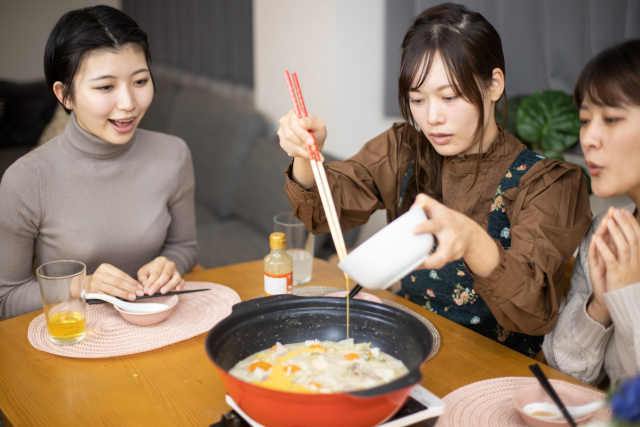
After enjoying the ingredients, the remaining broth becomes richer in flavor.
To finish the meal, Japanese people add:
- Rice for zosui (rice porridge)
- Udon noodles
- Ramen
This final step — called shime — is essential.
No nabe meal is complete without it!
Nabe and Japanese Culture
Nabe embodies values that are central to Japanese life:
- Community and togetherness
- Seasonal food appreciation
- Simple ingredients and natural flavor
It is a meal that warms the heart as much as the body.
Try Nabe in Japan

In winter, restaurants and izakaya offer seasonal nabe menus.
But the most authentic experience is at home — sitting around the table with loved ones.
Winter in Japan is never complete without nabe.
